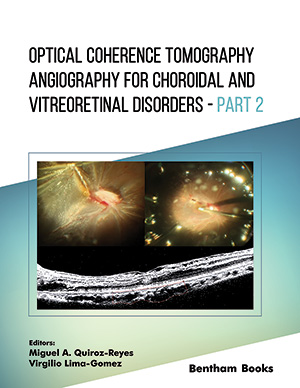Abstract
Background: It has been more than 17 years since the introduction of free ART in India. At this point, it would be prudent to look at the factors associated with the survival of persons living with human immunodeficiency virus (HIV)/acquired immunodeficiency syndrome (AIDS) (PLHA) who are already enrolled in the ART program.
Methods: PLHAs enrolled from antiretroviral therapy (ART) centers located in three different cities in India – Delhi, Pune and Kolkata, and were followed up at six monthly intervals monitoring the WHO stage, CD4 counts, complete blood counts, and liver and kidney function tests, for a duration of three years.
Results and Discussion: The incidence of mortality among HIV/AIDS patients on ART was 5.0 per 1000 patient-years (21/1410, 1.4%). Age at initiation of ART, being above 35 years, was the only significant predictor of mortality (log-rank p = 0.018). Multivariable analysis showed a significant association of an unfavourable outcome (defined as mortality or development of opportunistic infection during follow-up) with male gender (adjusted odds ratio (AOR) = 5.26, p = <0.01) and being unmarried at ART initiation (AOR = 1.39, p = 0.005).
Conclusion: The survival of PLHA with good adherence to ART is independent of the WHO stage or CD4 counts at the initiation of ART. Initiation of ART after 35 years of age was a significant predictor of mortality.
Keywords: HIV, AIDS, PLHA, WHO, complete blood counts, survival.
[http://dx.doi.org/10.4103/jfmpc.jfmpc_1703_20] [PMID: 34041073]
[http://dx.doi.org/10.2147/HIV.S299219] [PMID: 33737838]
[http://dx.doi.org/10.3851/IMP3358] [PMID: 32369040]
[http://dx.doi.org/10.1186/s12879-019-3844-3] [PMID: 30819120]
[PMID: 25488442]
[http://dx.doi.org/10.1080/16549716.2017.1290916] [PMID: 28594295]
[http://dx.doi.org/10.1016/S0140-6736(08)60423-7] [PMID: 18387667]
[http://dx.doi.org/10.2147/HIV.S294111] [PMID: 33688265]
[http://dx.doi.org/10.1086/377135] [PMID: 12898445]
[http://dx.doi.org/10.1086/520144] [PMID: 10433578]
[http://dx.doi.org/10.7326/M13-1133] [PMID: 24737271]
[http://dx.doi.org/10.1007/s11904-020-00531-0] [PMID: 32984925]
[http://dx.doi.org/10.1093/advances/nmaa037] [PMID: 32383731]
[http://dx.doi.org/10.1186/1471-2431-12-170] [PMID: 23114115]
[http://dx.doi.org/10.1086/375844] [PMID: 12856222]
[http://dx.doi.org/10.1210/jc.2006-2190] [PMID: 17456578]




























